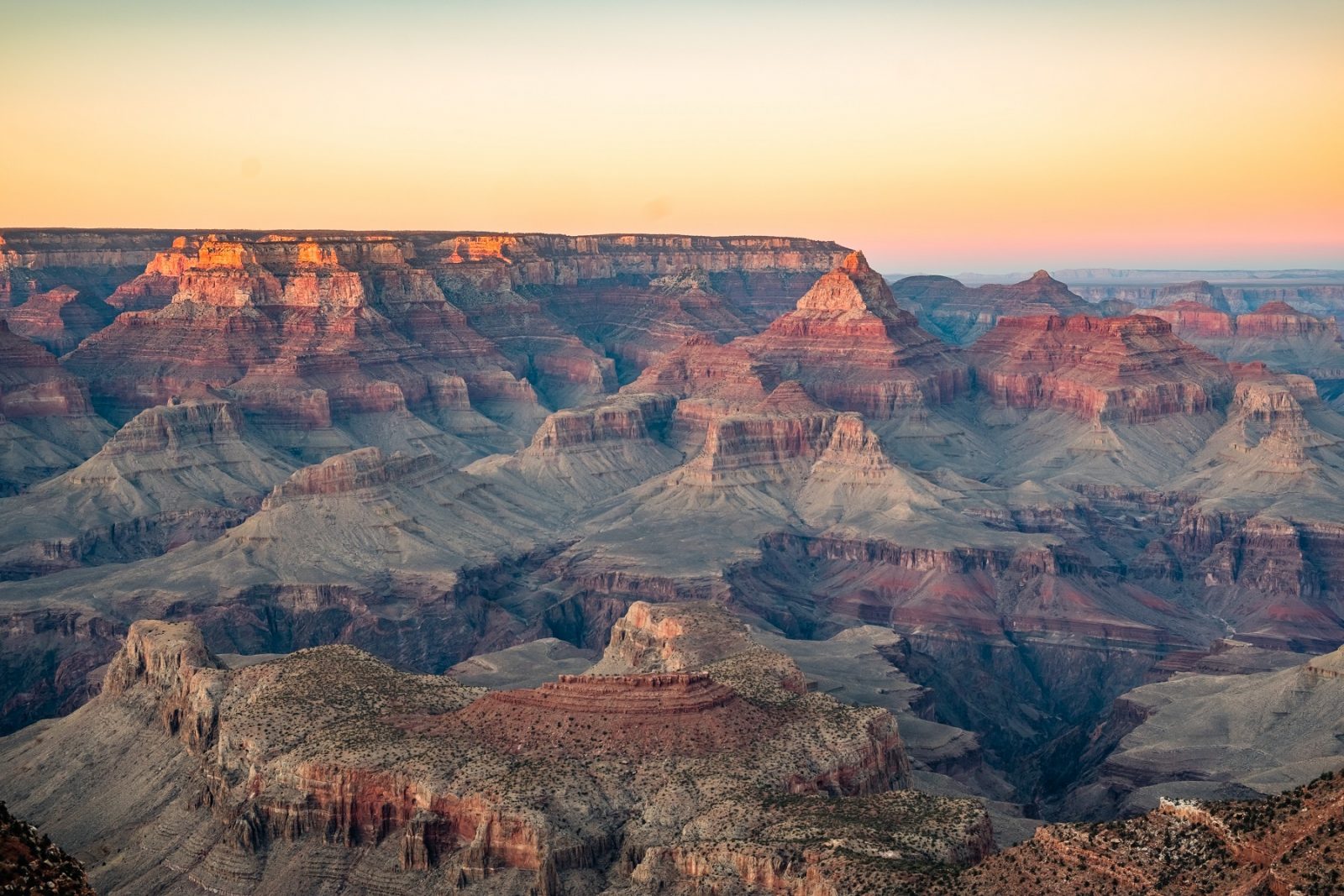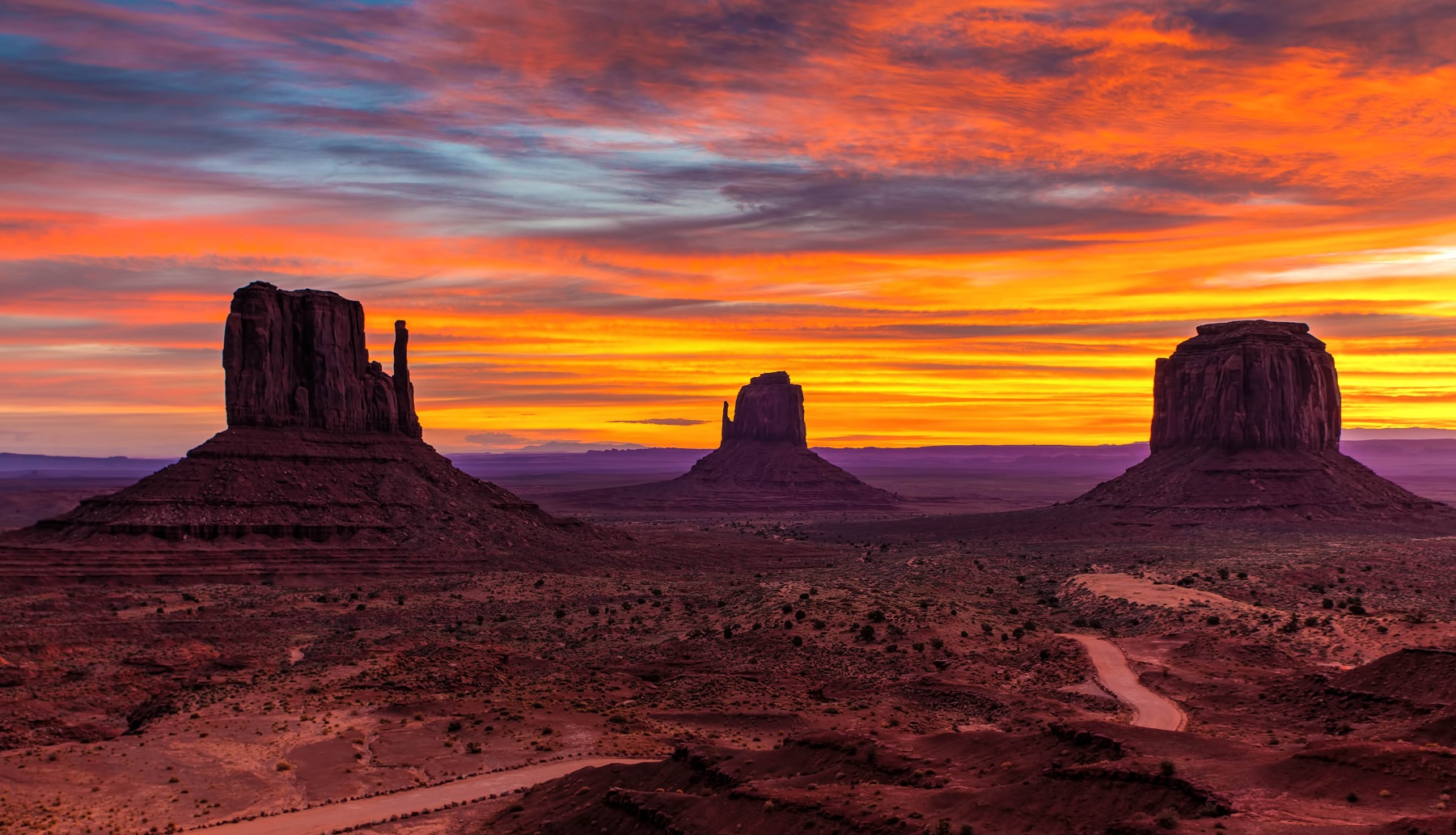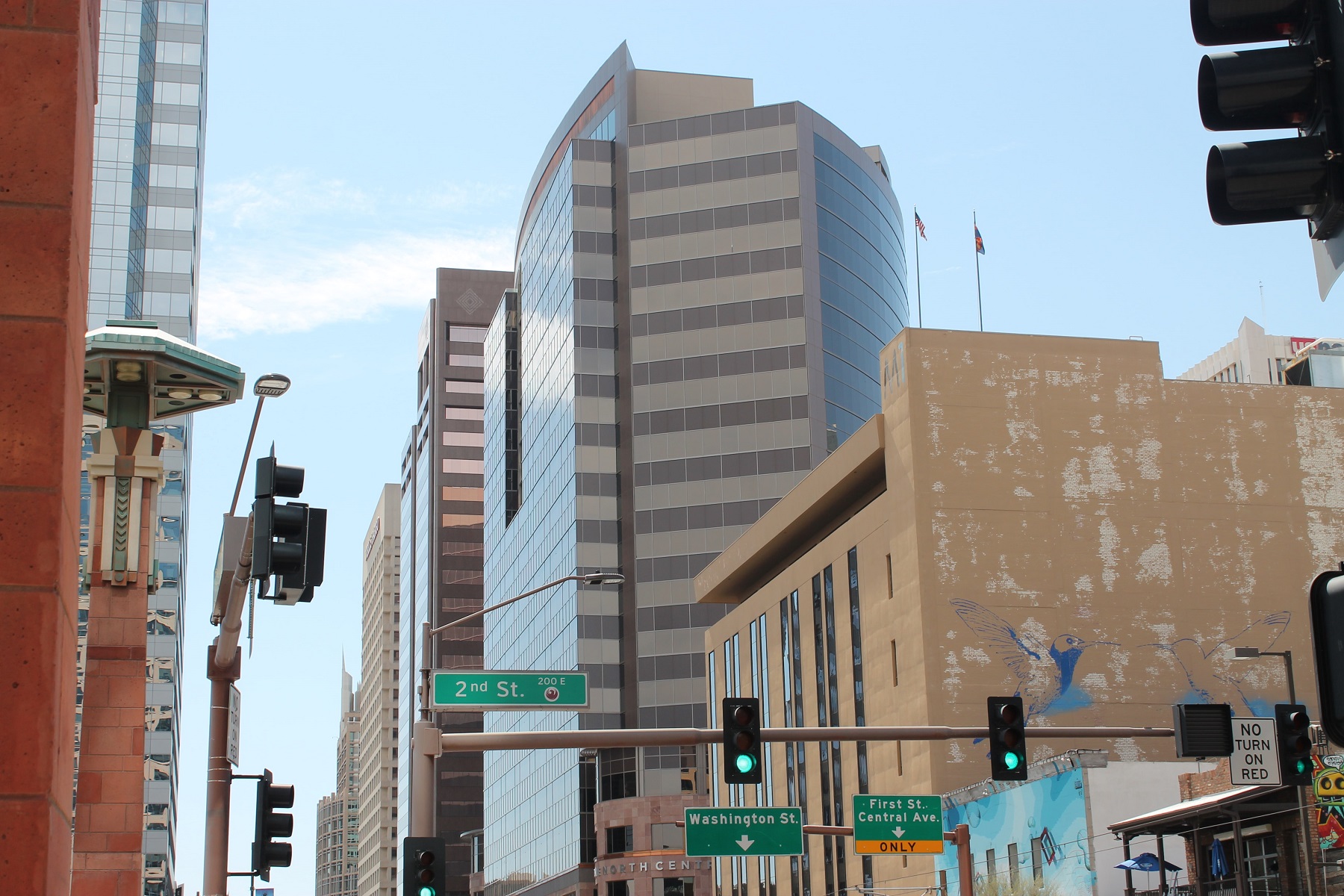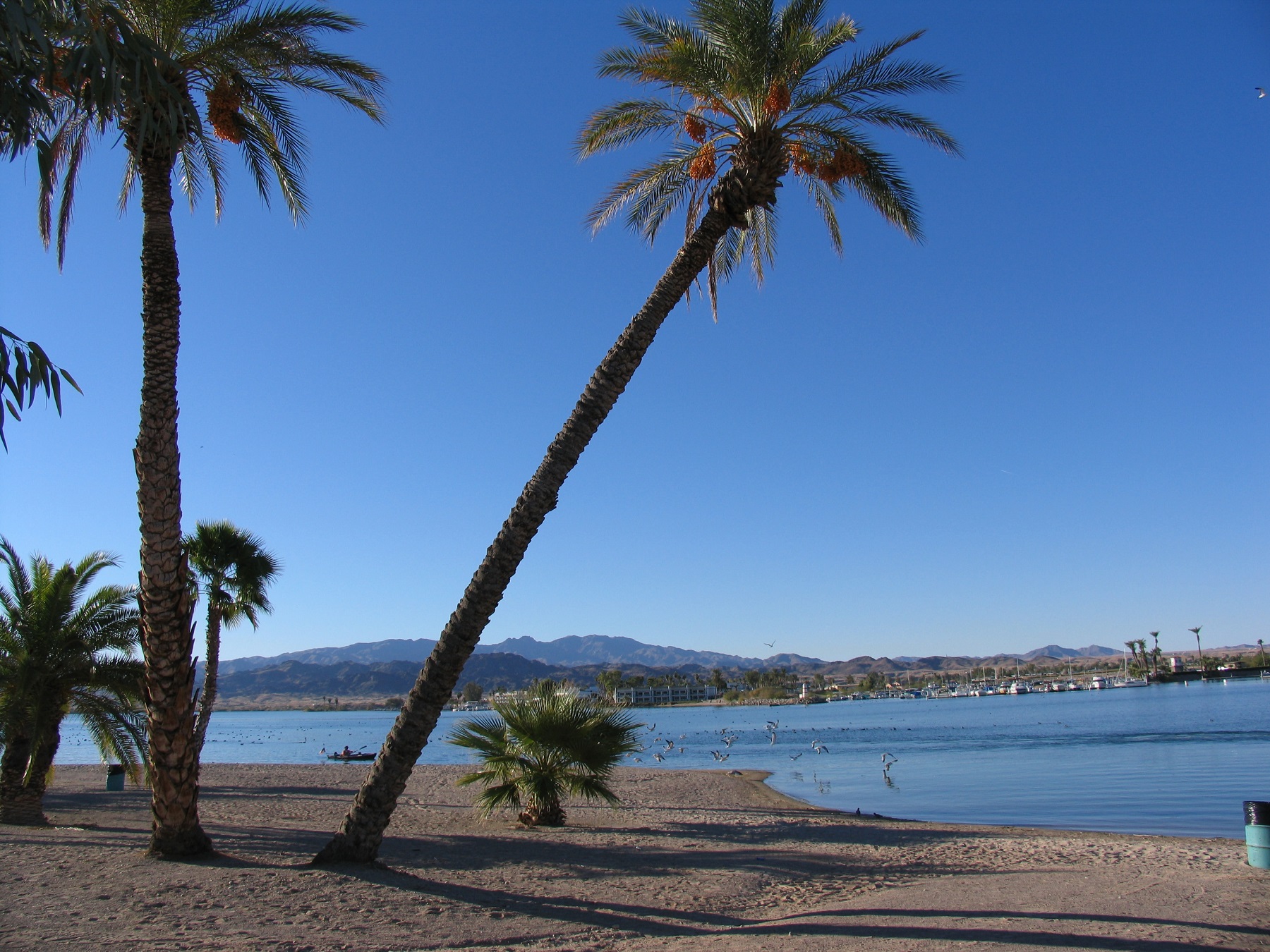Quick search
CTRL+K
Quick search
CTRL+K

Flagstaff is a city in the northern part of Arizona. It is in an area originally inhabited by the Sinagua people, who lived there from around 500 to 1425 CE. The modern settlement of Flagstaff began in 1876 when a group of settlers from Boston camped near a small spring and raised a flagstaff to celebrate the nation’s centennial. The arrival of the Atlantic and Pacific Railroad in 1882 transformed Flagstaff into a busy railroad town, and settlers established shops, saloons, and more.
The city’s growth continued with the establishment of the lumber and ranching industries, which played a significant role in its early economy. Flagstaff’s strategic location along historic Route 66 and its proximity to natural wonders like the Grand Canyon have since then made it a popular destination for tourists. The city’s elevation provides a cool climate and stunning views of the surrounding San Francisco Peaks. Over the years, Flagstaff has developed a unique blend of cultural influences, which is reflected in its architecture and community events.
Downtown Flagstaff is in the streets and blocks along Route 66 just north of the railway station in Tudor revival style, which was opened in 1926 as a Atchison, Topeka and Santa Fe Railway depot. From the station, you can walk to Heritage Square which is like a central square of the heritage district. And you can walk the streets and look at some notable buildings like the Weatherford Hotel with its balconies from 1900, the Babbitt Brothers Building from 1888 and the Hotel Monte Vista. Continue to the art deco Federal Building on San Francisco Street and the 1911 movie house, Orpheum Theater, for more architectural delights.
You can of course also enjoy a stroll or a drive along Route 66. It can take you close to one of Flagstaff’s most well-known heritage buildings, which is the Riordan Mansion State Historic Park. It is a house built in 1904, and the impressive Arts and Crafts-style mansion was the home of the Riordan family, who were prominent figures in the local lumber industry. The mansion stands as an example from its time and you can join guided tours that provide insight into the lives of the Riordan family and the early history of Flagstaff at the park.
Another significant site is the Lowell Observatory, established west of downtown Flagstaff in 1894 by Percival Lowell. This historic observatory is renowned for its contributions to astronomy, not least including the discovery of Pluto in 1930. Visitors can explore the observatory’s telescopes, participate in stargazing events, and learn about the history of astronomical research in Flagstaff. If you go a bit further north, you can visit the Museum of Northern Arizona. The museum features exhibits on Native American art and artifacts, geology, and biology.

Grand Canyon National Park is an large park that is home to the world-famous natural wonder of the Grand Canyon. The park is located around 447 kilometers of the Colorado River, which over millions of years has shaped the landscape into the colossal canyon that today is in the northeastern part of the state of Arizona.
The dimensions of the Grand Canyon are huge, and the gorge is between 6 and 29 kilometers wide. The depth varies with the greatest depth reaching up to 1,600 meters, and the meandering course of the Colorado River continues to dig deeper, although it happens at a geological pace. All the way along the river, the canyon is bursting with an artist’s sense of shapes and colors, and everywhere there is a play in the sun’s rays against the mainly red-hued rock formations, and that is an unforgettable sight.
Read more about Grand Canyon National Park

Monument Valley is an area of Arizona’s desert landscape that is famous for its many rock formations that stand scattered and rise from the otherwise flat land. Many will nod in recognition to Monument Valley because they have seen one or more American western movies, but the distinctive formations are, with or without western films, one of the most iconic landscapes in the western United States.
Monument Valley is centrally located on the so-called Colorado Plateau, which spreads over an area of 337,000 km2 around the Colorado River and some of its tributaries. The plateau form parts of the states of Arizona, Utah, New Mexico and Colorado, and it is known for several well-visited sights such as the Grand Canyon and Monument Valley.
Read more about Monument Valley

Phoenix is the capital and largest city of the US state of Arizona. The area was cultivated in bygone times by the Hohokam people, and the remains of their civilization could be seen in the 1800s, when settlers began to arrive at today’s Arizona. In 1867 Jack Swilling came here and he started cultivating the land.
More settlers arrived, and Lord Darrell Duppa suggested calling the growing place Phoenix, like a city built on a defunct civilization. The new town was formally approved in 1868, when a post office was opened with Jack Swilling as postmaster. In 1870, the inhabitants chose to move the city approximately 5 km to the west, and Phoenix grew to around 2,500 inhabitants in 1880.

Lake Havasu City is a relatively new city, having been established as a recreational military camp during World War II. At the time, the place was called Site Six, and it was located right by Lake Havasu, which was artificially created with the construction of the Parker Dam in the mid-1930s. The lake forms part of the course of the Colorado River, and it is located on the border of Arizona and California.
In 1958, businessman Robert McCulloch purchased 13 square kilometers of land in the area, and he supplemented the purchase with another 53 square kilometers before Lake Havasu City was incorporated on September 30, 1963. It received formal city status in 1978, and since then the city has become one of the most visited in Arizona.
Read more about Lake Havasu City

Albuquerque is the largest city and capital of the US state of New Mexico. The town was founded in 1706 as La Vila de Alburquerque and named after the Spanish viceroy who had the title of Duke of Alburquerque. The city was then part of the Kingdom of Santa Fe de Nuevo México and was laid out according to traditional Spanish patterns with a central plaza.
The area became an American territory in 1846, and Albuquerque became a growing garrison town that had a population of 3,000 in 1859. The railroad came to town in 1880, and as a result New Albuquerque was built east of the old Spanish town. In the year 1900, trams ran in the city, which had also got a university and 8,000 inhabitants.
 Hotel Monte Vista, Flagstaff, Arizona, United States, USA[/caption]
Hotel Monte Vista, Flagstaff, Arizona, United States, USA[/caption]
Overview of Flagstaff
Flagstaff is a city in the northern part of Arizona. It is in an area originally inhabited by the Sinagua people, who lived there from around 500 to 1425 CE. The modern settlement of Flagstaff began in 1876 when a group of settlers from Boston camped near a small spring and raised a flagstaff to celebrate the nation’s centennial. The arrival of the Atlantic and Pacific Railroad in 1882 transformed Flagstaff into a busy railroad town, and settlers established shops, saloons, and more.
About the Whitehorse travel guide
Contents: Tours in the city + tours in the surrounding area
Published: Released soon
Author: Stig Albeck
Publisher: Vamados.com
Language: English
About the travel guide
The Whitehorse travel guide gives you an overview of the sights and activities of the Canadian city. Read about top sights and other sights, and get a tour guide with tour suggestions and detailed descriptions of all the city’s most important churches, monuments, mansions, museums, etc.
Whitehorse is waiting for you, and at vamados.com you can also find cheap flights and great deals on hotels for your trip. You just select your travel dates and then you get flight and accommodation suggestions in and around the city.
Read more about Whitehorse and Canada
Canada Travel Guide: https://vamados.com/canada
City tourism: https://visitwhite-horse.ca
Main Page: https://www.vamados.com/
Buy the travel guide
Click the “Add to Cart” button to purchase the travel guide. After that you will come to the payment, where you enter the purchase and payment information. Upon payment of the travel guide, you will immediately receive a receipt with a link to download your purchase. You can download the travel guide immediately or use the download link in the email later.
Use the travel guide
When you buy the travel guide to Whitehorse you get the book online so you can have it on your phone, tablet or computer – and of course you can choose to print it. Use the maps and tour suggestions and you will have a good and content-rich journey.

Similar to Flagstaff Travel Guide
